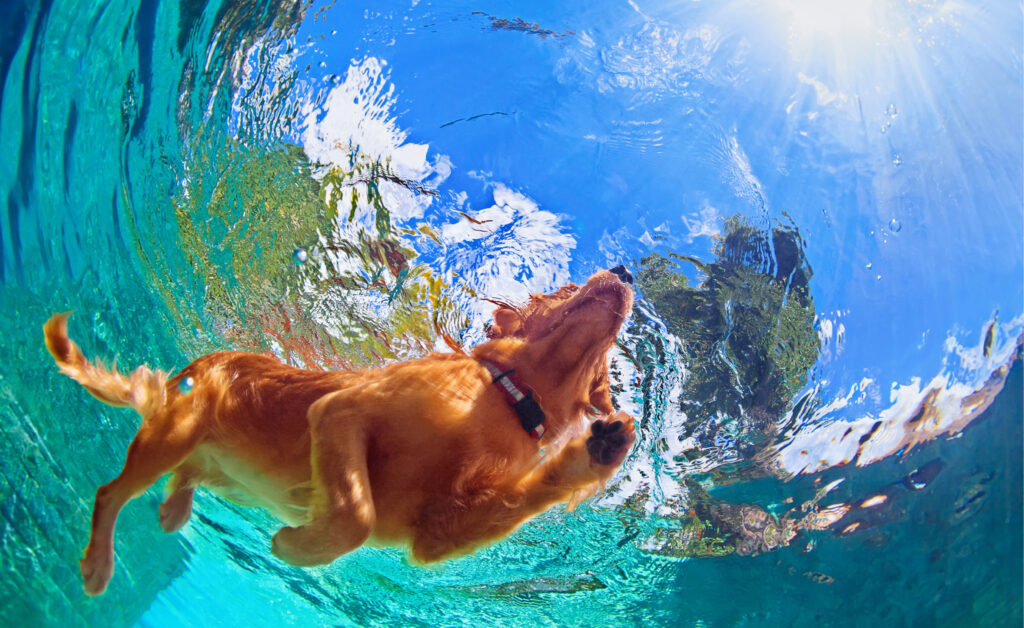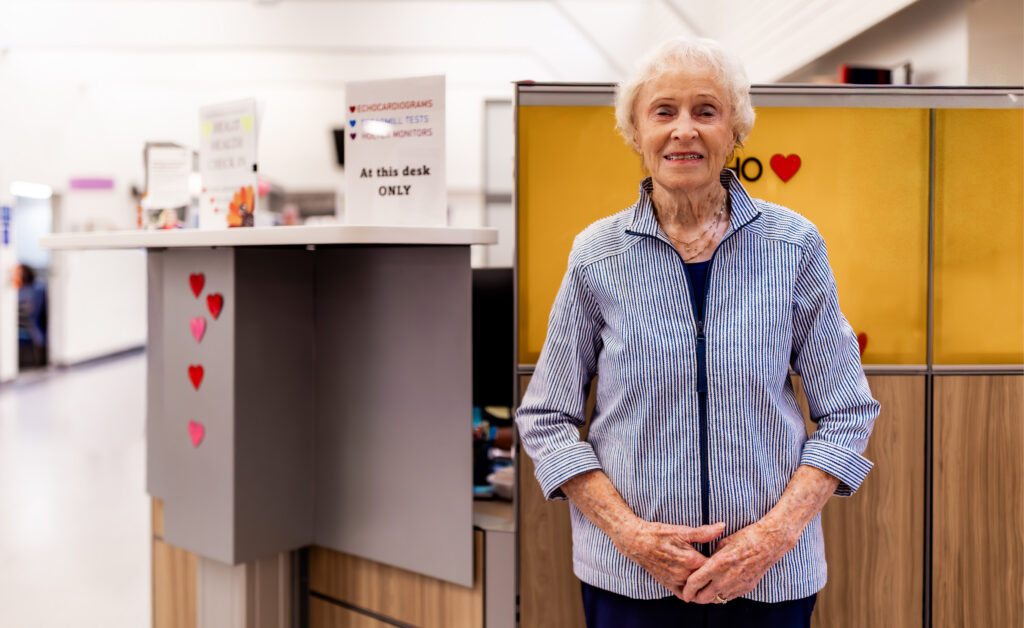by Jacqueline Nicoll, K & Co. Marketing –
In the ever-evolving world of veterinary medicine, the best treatments to keep our furry friends healthy and happy might be just under one’s snout. While traditional methods like surgery and medication remain staples, new treatments are emerging that offer less invasive care. Successful management of common conditions such as abnormal masses, moles, skin tags, dermatitis, eczema, stiff joints and arthritis are not as rare as they used to be, with these cutting-edge therapies paving the way and proving, at times, to be even more effective.
One of the most groundbreaking advancements in veterinary dermatology is the use of light therapy, specifically with a system called Phovia. It is designed to treat a variety of skin conditions in pets, from wounds to infections to inflammation. This two-part system includes a specialized LED lamp and a chromophore gel.
The chromophore gel plays a crucial role. Chromophores are molecules that absorb light at specific wavelengths and then emit it as colour. When the gel is applied to the pet’s skin and exposed to the LED lamp, it produces multi-wavelength fluorescent light energy. This light penetrates the skin at various depths, helping to reduce inflammation and accelerate skin regeneration. Not only is it non-invasive and painless, but it also has no known side effects.
Cryosurgery is another innovative therapy that uses extreme cold to destroy abnormal tissues, such as tumours, warts, and other growths. The procedure involves applying a cryogenic substance, usually liquid nitrogen, directly to the abnormal tissue. The intense cold causes the cells to freeze and die, after which the body naturally eliminates the dead tissue over time. One of the most appealing aspects of cryosurgery is that it typically requires no sedation or anesthesia, making it a low-stress option for pets and a convenient choice for pet owners. It’s also particularly useful for treating superficial skin tumours and other small masses that might otherwise have previously required more sedation.
Lastly, hydrotherapy, or water therapy, is another treatment gaining popularity which uses the buoyancy, resistance, and soothing properties of water to help pets recover from injuries, improve mobility and manage chronic conditions. It is especially beneficial for pets recovering from surgery, those with arthritis, or animals suffering from obesity. The resistance of the water also helps to build strength and improve cardiovascular fitness without putting undue stress on your pet’s body.
While these three therapies are ever-changing and constantly improving, most importantly, they are all virtually painless options for treating some of the most common health conditions that cause distress to our best friends. Soon to become even more accessible, the future is bright, cool and buoyant in the world of veterinary medicine.




